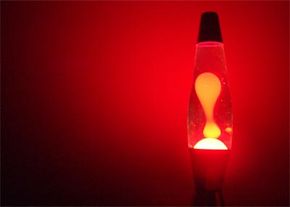Key Takeaways
- Hippies were a prominent counterculture movement in the 1960s, advocating for peace, love, and antiestablishment ideals.
- Fashion trends of the era included minidresses and go-go boots, with skirts getting significantly shorter.
- The 1960s saw the rise of iconic fads like surfing, the peace symbol and the twist dance craze.
With so many straight-laced teens in the 1950s, it was only natural that there would be a backlash. Welcome to the 1960s! Free love, flower power, hippies, psychedelic drugs, and political mayhem -- these were the trends of a decade that saw upheaval of social mores and cultural behaviors. As The Beatles rocked and Bob Dylan rolled, the world saw changes in the political climate (Vietnam War protests, the sexual revolution, civil rights), the fashion world ("It's called a 'mini-skirt,' Mom"), and even in the realm of food (the mighty processed cheese slice).
Read on to learn about some of the most iconic fads of the decade that just wanted everyone to get along.
Advertisement
